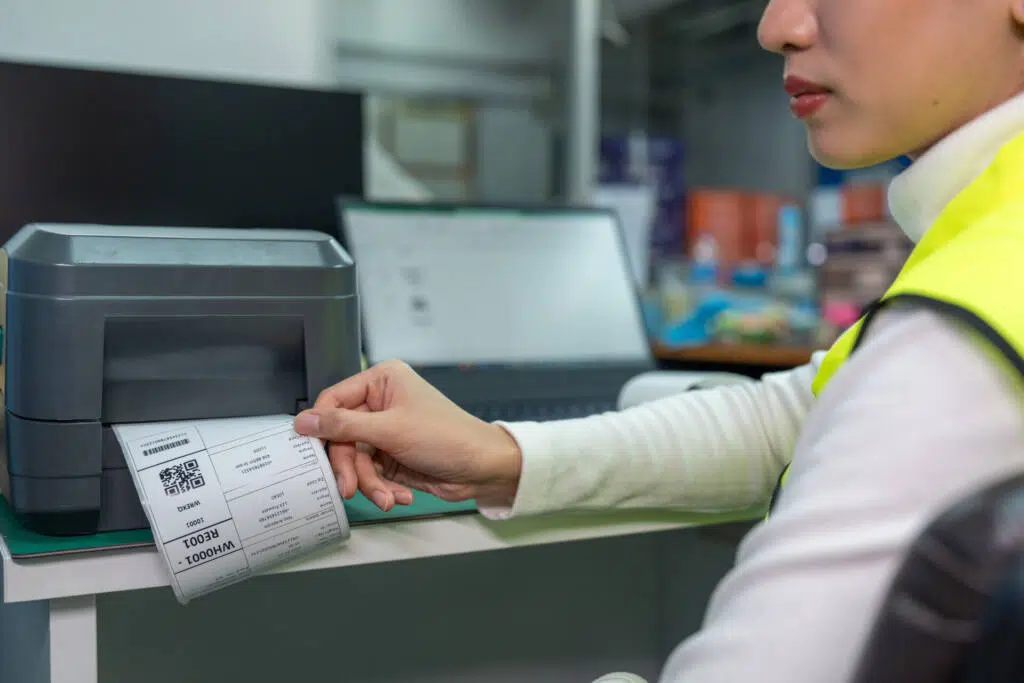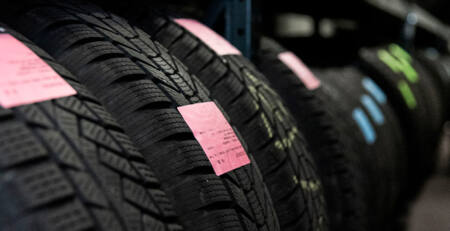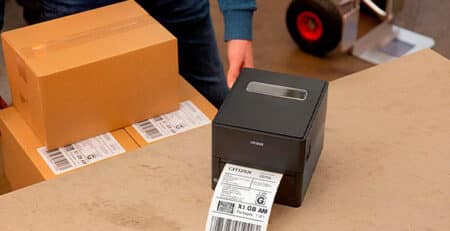Inventory management in a complex reality
Optimizing inventory management with label printers
As supply chains become more global and customer expectations rise, the accuracy and speed of inventory management becomes more demanding. The movement of goods through the warehouse must be flawless and in real-time, while maintaining documentation and traceability.
There is a growing need for structure between the physical movement of inventory and business systems. This is where the physical labeling of goods becomes not just a practical necessity, but a strategic component in ensuring consistency between data and reality.
Labels create the connection between the digital and physical world. They enable the warehouse to function as a coordinated unit, where every step of the process is accurately recorded, making cross-link traceability seamless and controllable.

Accurate item identification as a prerequisite for flow
Effective inventory management starts with the ability to quickly and correctly identify goods. Without unique labeling, even the most advanced systems cannot ensure a smooth flow when goods are received, stored, picked or shipped.
Labels act as the item’s identity card, connecting physical products with the data that controls warehouse operations. When each item carries its own precise information, the risk of misplacement, double entries or incorrect shipments is minimized.
A consistent labeling strategy ensures that both manual and automated processes work from the same information. This creates an unbroken chain of traceability where every movement is accurately recorded and warehouse efficiency is supported across receiving zones, storage shelves and shipping areas.
Integration with systems and data: The digital life of the label
When an item is labeled, it’s not just a physical action; it’s also a data point that integrates directly into company systems. Modern warehouse operations require labels to be closely connected to Warehouse Management Systems (WMS) and Enterprise Resource Planning (ERP) solutions so that information can be updated in real-time.
Synchronizing label information with the digital systems creates a consistent data foundation that reduces the risk of manual errors and provides management with accurate inventory status across locations. This ensures that both employees and automated devices work from consistent and valid data.
This integration also means that changes in inventory data can be updated quickly and accurately, allowing for flexible inventory management, recall traceability and pick route optimization.
Mobility and flexibility in work processes
In a warehouse landscape characterized by constant movement, flexibility in the labeling process is crucial. The ability to print labels directly where needed minimizes unnecessary steps and reduces the risk of handling errors.
Mobile printing makes it possible to label goods upon receipt, at picking locations or loading docks, ensuring that the information on the label always corresponds to the current status of the item. This approach supports a more dynamic warehouse operation where workflows can be adjusted as needed without compromising accuracy.
When labels can be printed and applied without dependency on stationary workstations, logistics becomes smoother, processes flow faster and warehouse capacity is better utilized.
Traceability and audit assurance throughout the chain
Labels don’t stop adding value at the warehouse exit door. They continue to ensure traceability throughout the supply chain, from transportation to receipt by the end customer. Each scan of a barcode represents a data point that documents the journey and status of the item.
This continuous registration makes it possible to handle recalls, complaints and returns efficiently because accurate data on product movement and handling is always available. It also strengthens the company’s ability to meet documentation and traceability requirements in industries with high standards for compliance and quality assurance.
When every movement is documented with an accurately labeled item, the company not only gains better control – but also a stronger position in relation to both customers and authorities.








